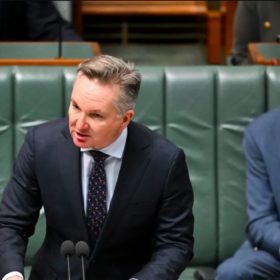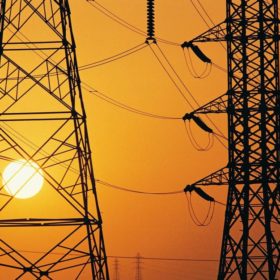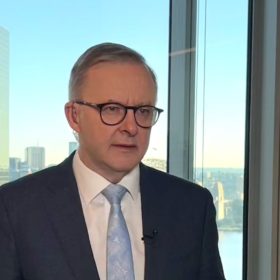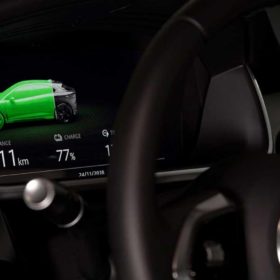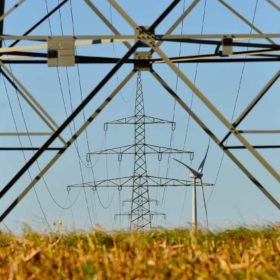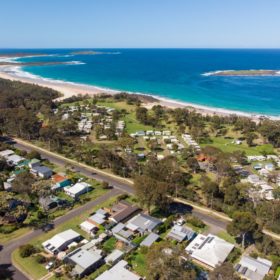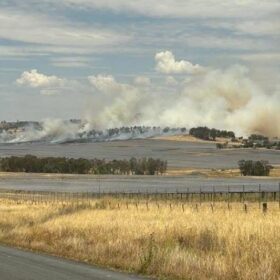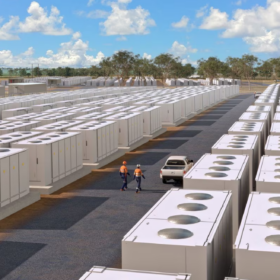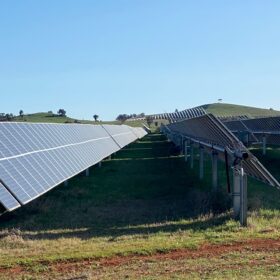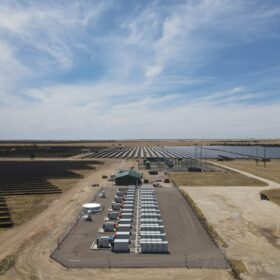Labor introduces controversial climate bill to parliament. Here’s how to give it real teeth
The Federal Government this week introduced its hotly awaited climate change bill to parliament. Despite the attention and controversy it’s attracted, the proposed legislation – as it stands – would be almost entirely symbolic.
Lessons from Australia’s ‘climate wars’ help chart path to better climate policy
Last week, two influential environmental groups warned the Greens not to stymie progress on Australia’s climate policy. In an unusual intervention, Greenpeace and the Australian Conservation Foundation urged the Greens to “play a constructive role” with Labor or risk being blamed for holding climate policy back.
This is Australia’s most important report on the environment’s deteriorating health. We present its grim findings
Australia’s State of the Environment report was released today, after its publication was delayed by the former Morrison government until after the federal election. The review, completed by scientists last year, was described by the new environment and water minister, Tanya Plibersek, has a “shocking document” showing Australia’s environment has been deteriorating and is in poor condition. Professors from the University of Sydney and University of New South Wales present the findings.
There’s a smart way to push Labor harder on emissions cuts – without reigniting the climate wars
The fate of Labor’s 2030 climate policy hangs in the balance as the Greens and other climate-conscious crossbenchers this week consider pushing the government harder on emissions reduction.
Albanese lays out radical new vision for Australia: clean energy exporter and green manufacturer
Gone are the days when the federal government would cheer on Australia’s fossil fuel exports to the exclusion of all else, while seemingly doing everything in its power to hold back the switch to renewables.
Labor’s renewable target much more ambitious than it seems – best bang-for-buck policy needed
Prime Minister Anthony Albanese this week gave his first major climate change speech, touting Australia’s future as a renewable superpower and promising Labor’s ambitious new renewable target would “unlock $52 billion of private sector investment.”
Do network operators dream of electric vehicles?
With more models entering the Australian car market and high prices at the bowser, electric vehicles are garnering more attention from both cost-aware and environmentally conscious consumers alike.
On the fringe: Outer edges of NEM most prone to volatile MLFs
One of the most characteristic features of Australia’s National Electricity Market is the sheer length of the entire network. With roughly 40,000 kilometres of high voltage transmission lines spanning a physical distance of around 5,000km, we have one of the longest interconnected electricity grids in the world.
Restoring trust and confidence to our electricity markets
The recent challenges for the east coast energy market have put a significant spotlight on energy security, reliability, and affordability in Australia.
The clean energy revolution isn’t just a techno-fix – it’s about capturing hearts and minds
The Black Summer bushfires devastated parts of the Eurobodalla region in New South Wales. Then earlier this year, the area was hit by floods. As climate change threatens to bring more severe and frequent extreme weather events, how can we help future-proof such communities?
